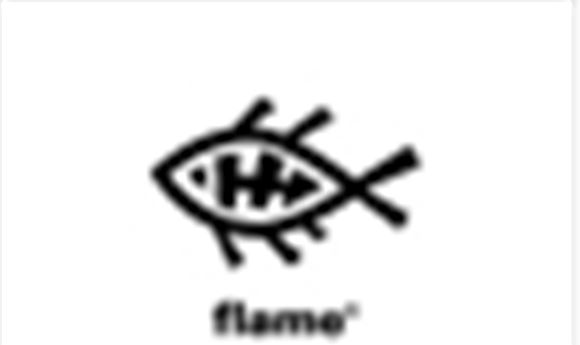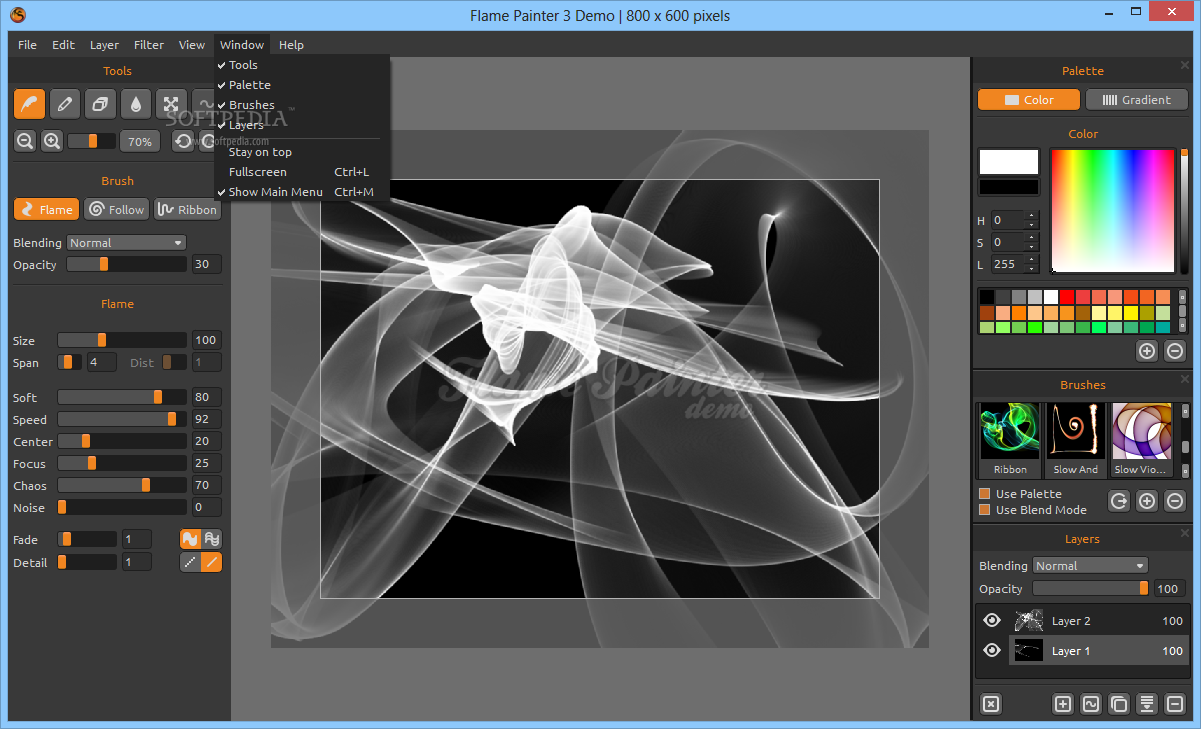

Between the two of them, you've got all bases covered. I think that Flame and Nuke sort of need each other. Then I jump on Nuke before returning to Flame for delivery. There are many more differences between Flame & Nuke than are readily apparent.

Nuke often comes a little earlier in the pipeline, where sometimes, you have a little more time to play with. If we consider Flame’s position as more of a Finisher, perhaps that correlates well with it's more significant expense. However, Nuke's one-off entry payment redresses that balance a little. In terms of subscription maintenance, Flame is approximately twice as expensive as Nuke. Nuke would be the one to choose if your script is likely to contain hundreds, or even thousands, of nodes. On the other hand, Nuke offers more complex tools in terms of time warping, particles, camera tracking & 3D space. Flame is geared towards multiple, complex, robust 'tweaks' such as beauty work and repairs.

However, even here, we can see that they diverge. Compositing toolsīoth Flame and Nuke are world-class compositors. If Flame and Nuke were at a party, Flame is the one most likely to stand in a corner and not talk to anybody. One drawback of this however, is that Flame remains a sort of 'closed shop' in a market where apps perhaps need to be a lot more open. Flame steers clear of the desktop and plays back clips in instant realtime, making it an incredible tool for iterating renders and reviewing work.

In my opinion, it never achieved anything close to the flexibility that Flame offered with its nested timelines. When the Foundry converted the powerful Heiro edit tool to Nuke Studio, they bolted it somewhat clumsily on to Nuke. On the other hand, Nuke's compositing tree flows more freely from start to end, making it straightforward to copy a chunk of work and use it elsewhere. Over the years, it's made tremendous advances in combining these two faculties into a bizarre and unique, connected experience that allows you to convert your edit to a shot and your shot to an edit. This is unrivalled for last-minute changes of plan. Scripts, flowgraphs or node treesįlame was built on reels & a batch script workflow.
AUTODESK FLAME PARTICLES SOFTWARE
I like to think of this as having the DNA of the software on show, for all to see. On the other hand, Nuke's straightforward interface gets quite fussy with the detail. They're like targets, and that's how we use them. The buttons' size may at first appear to be no more than aesthetics, but that denies the enormous cultural intentions behind each of the two software. BTW my focus is commercials and not film. I'd like to focus on the five main differences between the two apps, which, I think, means that they complement each other beautifully. I suspect this is a headache for producers. I think that’s because there is an overlap of functionality between the two apps which means that in some instances, it doesn't matter which you choose. It strikes me that the two apps are constantly pitted against each other in a kind of competition. I've been using Flame for about 20 years, and I've been using Nuke for about five years.


 0 kommentar(er)
0 kommentar(er)
